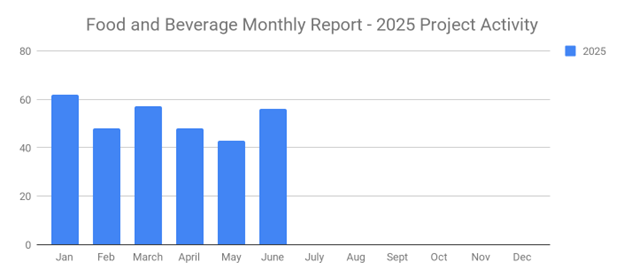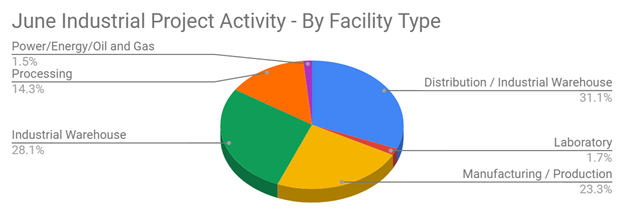
Should you focus on promoting your business online or offline? Rather than choosing between one or the other, why not incorporate both mediums into your marketing strategy. Focusing strictly on one and not the other leaves tons of potential on the table – and that means more sales leads for your competitors.
Companies are Spending More on Digital Marketing
There's no denying the fact that more and more companies are investing in digital marketing. Whether it's search engine optimization (SEO), pay-per-click (PPC), media buys, email, etc., the online medium offers a massive amount of untapped potential for businesses. In fact, statistics show that approximately 35% of senior marketing professionals believe digital marketing will encompass more than half of their total marketing budget by 2019. And if this trend continues, it's safe to assume digital marketing will break the 50% line in the years to follow.
Furthermore, statistics show than 28% of marketers have reduced their budgets for traditional offline advertising to focus on digital advertising. And not surprisingly, the single most popular form of digital marketing for companies is promoting a corporate website. Nearly half of all small businesses have a website. Even if your company doesn't sell a product or service online, a website can still prove beneficial. It's a form of inbound marketing that allows prospects to find you; it creates stronger brand recognition; and it established your company as a leading authoritative figure. In case you were wondering, social media was the second most important digital marketing activity for businesses.
Why the Change
So, why are companies spending more money on digital marketing? For starters, it's easier to search for a business online than it is using traditional methods like the phone book or a business directory. When a prospect wants to learn more about your business – or if he or she wants to find out where your business is located – they'll probably search for it online instead of looking in the phone book. Without a strong presence online, the prospect may have trouble finding your business; thus, you'll lose him or her as a potential conversion.
It's also worth noting that customers are switching their communication and purchasing efforts to digital channels. Granted, brick-and-mortar stores are still here – and there's no sign of them closing down anytime soon. However, it's easier and more convenient for customers to shop online and use online chat/email to communicate with businesses. Perhaps this is why the annual digital marketing budgets for companies represent 2.5% of their total revenue.
What About Offline?
While there's an undeniable transition to digital marketing, offline lead generation practices are still highly effective. Thus, they should also be included in your strategic planning discussions.
But let's take a few steps back to explore this trend. Statistics show that companies spent roughly 82% of their advertising budget offline in 2012. Among the most popular offline advertising methods is TV commercials. In that same year, 40.3% of global ad spending involved TV commercials. Fast forward to 2015 and this number remains relatively unchanged at 40.2%.
However, ad spend on newspapers has declined over the years. In 2012, companies spend 18.9% of their advertising budget on newspapers. In comparison, they spent just 15.8% of their budget on newspapers in 2015. It's safe to assume the dwindling number of newspaper readers paired with the increasing number of Internet and social media users has contributed to this trend.
Online Advertising Options
There are many options available when advertising a business and/or its products or services online. 58% of companies view email as being an integral part of their online marketing efforts. Mobile advertising is expected to account for more than half of a typical company's marketing budget by 2019, attesting to the growing number of smartphone and tablet Internet users.
Furthermore, 86% of high-performing companies use data analytics and insight to “direct focus and impact,” according to a recent study. If you have a website, for instance, you can integrate a customer relationship management (CRM) solution into it, allowing you to capture valuable data that can be used to tailor to your marketing messages to the respective target demographic.
Even online marketing can drive offline conversions, however. Statistics show that 15% of conversions are about products, while 23% are about services.
Statistics also reveal that 25% of word of mouth comes from about 10% of the general population. These users are known as “high influencers,” simply because they have a great deal of influence over prospects and their buying decisions. As a business owner, you should target these high influencers, encouraging them to spread the word about your business.
The Bottom Line
As you can see, companies are stepping up their digital marketing efforts. And with Internet usage expected to rise in the coming years, it's safe to assume this trend will also continue.
This doesn't necessarily mean that offline marketing is going away, though. Certain offline methods such as TV commercials will remain a time-tested and effective advertising channel for businesses to consider.
What to learn more? Get in Touch
Latest Posts
-

June's New Distribution and Supply Chain Planned Projects Return to March’s 183 Confirmed Figure
-

Food and Beverage Rebounds with 56 New Planned Projects Igniting Growth After Decline
-

June 2025’s New Industrial Construction Projects Grew 7% Month-Over-Month
-

Q2 Industrial Manufacturing Soars 31% for Planned Projects Over $100M; June Planned Industrial Projects Hit 141

